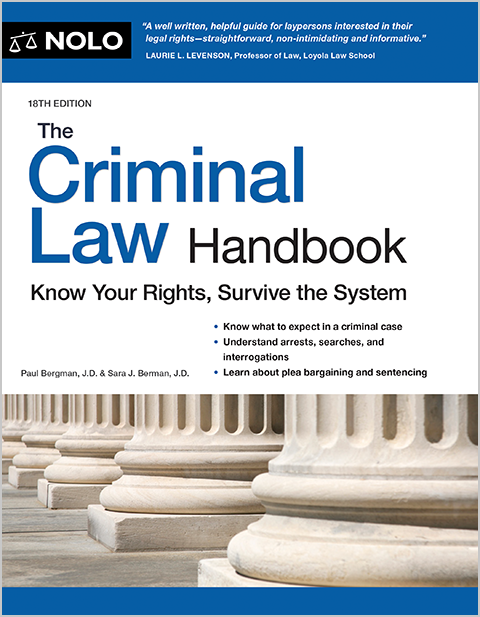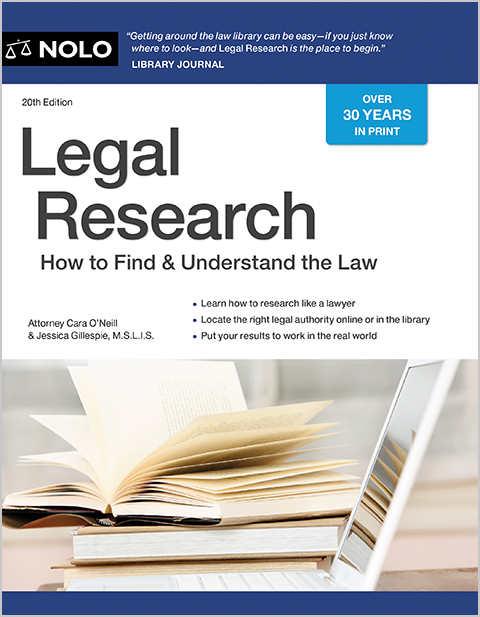Theft crimes involve a wide range of unlawful conduct, including petty and grand larceny, receiving stolen property, shoplifting, and theft of lost property.
Theft is a crime that sometimes goes by the title "larceny." In general, theft occurs when someone takes and carries away someone else's property without permission and with the intent to permanently deprive the owner of it. Statutes establish different kinds of theft crimes and their penalties.
Petty Theft vs. Grand Theft
Some states have two types of theft—petty theft and grand theft—that are based on the seriousness of the crime. In many instances, the seriousness of a theft crime hinges on the value or type of property stolen.
Petty theft, as you might have guessed, reflects minor theft crimes. A statute might define petty theft as stealing property worth less than $500. Most petty theft crimes carry misdemeanor penalties.
Grand theft, on the other hand, generally involves more valuable property. For instance, laws in many states consider a theft to be grand theft when:
- the property taken is worth more than a minimum amount (perhaps $1,000 or more)
- the defendant takes the property directly from a person but by means other than force or fear (If force or fear were used, the crime would be robbery), or
- a particular type of property is stolen (such as a car, firearm, or animal, regardless of its actual market value).
A conviction for grand theft will typically come with felony penalties that increase as the seriousness of the crime increases.
Other terms. In states that don't use the terms "petty and grand theft," you might see various degrees of theft (such as first-, second-, and third-degree theft) or simply misdemeanor and felony theft. Regardless of the term, most states divide theft crimes by seriousness and impose penalties accordingly.
Theft of Merchandise: Shoplifting
Some states have laws that set out the crime of shoplifting or retail theft. Others might prosecute what we think of as shoplifting crimes with broader theft statutes. Either way, at its essence, shoplifting is the crime of taking goods from a store without first paying for them.
Here's what a definition of shoplifting might look like:
- knowingly taking possession of or carrying away merchandise that was for sale at a place of retail
- without the merchant's knowledge or consent
- while intending to keep the merchandise or otherwise permanently deprive the merchant of it, and
- without paying the purchase price for it.
Hiding the merchandise can also be an element of shoplifting. Some states have a separate crime along the lines of "willful concealment" of merchandise, which makes it a crime for a defendant to intentionally concealing goods while still on the store's premises.
Theft Involving Lost Property
Keeping lost property can qualify as theft if the finder could reasonably return the property to its owner. For example, if Sue is bicycling along a deserted lane and sees a $100 bill floating on a puddle next to the curb, Sue would not be guilty of theft if she kept it. However, the situation is different if, as she's bicycling, she sees Charles drop a $100 bill as he is getting out of the car. Charles is unaware that he has dropped the money and begins to walk away. If Sue rides over, picks up the $100 bill, and keeps it, she has likely committed theft. Because Sue knows that the money belongs to Charles and has a reasonable opportunity to return it to him, she commits theft by not attempting to return the money to him. From a legal standpoint, Sue's keeping the money when she could easily return it to its rightful owner is known as a "constructive" taking.
Theft Involving Stolen Property
Buying or keeping stolen property usually translates into a crime popularly known as receiving stolen goods. To convict a defendant of receiving stolen goods, the government normally has to prove that property in the defendant's possession was stolen, and that the defendant acquired the property knowing that it was stolen. The government usually has to rely on circumstantial evidence to try to prove that the defendant had the necessary state of mind. Usually, the government's case relies on evidence that would have alerted any reasonable person that the items were hot.
Getting Legal Help
There are many kinds of theft crimes, including ones not discussed in this article. For information on the law on such a crime in your jurisdiction, consult an attorney. If you face charges, a criminal defense lawyer with experience in the local court system and with cases like yours should be able to explain the relevant law and procedure.

